- Home
- Our CSA
- News from the Bend
- Contact Us
-
Recipe Index
- Beans
- Beets
- Bok Choy
- Broccoli
- Cabbage
- Carrots
- Collards
- Cucumbers
- Dill
- Eggplant
- Fava Beans
- Fennel
- Garlic Scapes
- Ginger
- Herbs
- Kale
-
Kohlrabi
-
Kohlrabi Recipe Contest
- Kohlrabi Noodles with Tataki Cabbage or Kale
- Kohlrabi Salad with Sesame Ginger Viniagrette
- Crispy Apple and Kohlrabi Salad
- Kohlrabi, Apple, and Beetroot Salad
- Kohlrabi Home Fries
- Roasted Kohlrabi with Parmesan
- Kohlrabi Risotto
- Mashed Kohlrabi and Potatoes
- Knol Khol Poriyal
- Kale and Kohlrabi Salad
- Apple Kohlrabi Salad
- Kohlrabi Zucchini Carrot Fritters with Herb Yogurt Sauce
-
Kohlrabi Recipe Contest
- Lemongrass
- Mustard Greens
- Napa Cabbage
- Okra
- Parsley
- Peppers
- Radishes
- Rainbow Chard
- Rapini
- Roselle
- Salad
- Sorrel
- Spring Onions
- Strawberries
- Summer Squash
- Sweet Potato
- Tomatoes
- Cherry Tomatoes
- Turnips
- Winter Squash
- Watermelon
- About Snow's Bend
- Farm Tours
- Home
- Our CSA
- News from the Bend
- Contact Us
-
Recipe Index
- Beans
- Beets
- Bok Choy
- Broccoli
- Cabbage
- Carrots
- Collards
- Cucumbers
- Dill
- Eggplant
- Fava Beans
- Fennel
- Garlic Scapes
- Ginger
- Herbs
- Kale
-
Kohlrabi
-
Kohlrabi Recipe Contest
- Kohlrabi Noodles with Tataki Cabbage or Kale
- Kohlrabi Salad with Sesame Ginger Viniagrette
- Crispy Apple and Kohlrabi Salad
- Kohlrabi, Apple, and Beetroot Salad
- Kohlrabi Home Fries
- Roasted Kohlrabi with Parmesan
- Kohlrabi Risotto
- Mashed Kohlrabi and Potatoes
- Knol Khol Poriyal
- Kale and Kohlrabi Salad
- Apple Kohlrabi Salad
- Kohlrabi Zucchini Carrot Fritters with Herb Yogurt Sauce
-
Kohlrabi Recipe Contest
- Lemongrass
- Mustard Greens
- Napa Cabbage
- Okra
- Parsley
- Peppers
- Radishes
- Rainbow Chard
- Rapini
- Roselle
- Salad
- Sorrel
- Spring Onions
- Strawberries
- Summer Squash
- Sweet Potato
- Tomatoes
- Cherry Tomatoes
- Turnips
- Winter Squash
- Watermelon
- About Snow's Bend
- Farm Tours
|
An iconic summer food. The mascot of farmer’s markets. The pride of home gardeners. Tomatoes begin to ripen at the end of May here and we’ll soon be tasting a rainbow of varieties; Red Zebra, Valencia, Persimmon, Sungold, Aunt Ruby’s German Green, Cherokee Purple, Indigo Blue Beauty, and many more. Before we can eat them, a lot of work goes into growing and maintaining these precious plants. The term ‘vine-ripened’ alludes to the fact that tomatoes are vines. Indeed they are, if left to their own devices. Our job as farmers is to attempt to tame these vines so that they will produce larger fruit for a longer period of time and also so that we can find them amongst the tangled jungle of leaves and branches. Before a single plant is tucked into the soil, the trellising system must be in place. Our field system is created by unrolling field fence and attaching it to T-posts that have been hammered into the ground every 10 feet. The field fence gives us something to tie the tomato branches to allowing them to grow straight up. The T-posts have the added benefit of offering the blackbirds a place to perch above us and whistle their opinions as we work. Pruning tomatoes, like many repetitive jobs on the farm, can be meditative for me. Looking at a tomato plant, I see only the suckers as I work my way up the plant, methodically pinching them off. A “sucker” begins to grow In-between each branch and the main stem. The term sucker refers to these additional branches that will sap energy the plant should be putting towards producing fruit and put it towards growing more branches and vining out. Pruning also allows for more airflow which helps reduce the possibility of disease. At the end of one of these sessions my thumb and fingers will have a thick layer of a hard, scaly, black substance attached to them. “Tomato tar”, as some people call it, begins as a yellow powder that sticks to your skin when you touch a tomato plant or brush up against one. It is actually essential oils emitted from the glandular trichomes, or tiny hairs, on the stem and leaves of tomato plants. The oils are thought to defend the plant from pests and infections, and also to reduce evaporation. Each plant has many suckers and our farm has thousands of tomato plants. As I pinch the suckers off one by one, a little bit of that yellow powder rubs off each time, turning green and building up to eventually create a thick, dark, second layer of skin. Later, at home, I’ll have to use a pumice stone to scrape this alligator-like skin off. After a few weeks of this, there will be cracks in my skin on these fingers, a mark of pride for any farmer. These oils contribute to the unique smell of tomato plants. Gazing upon freshly trellised and pruned tomatoes is satisfying. The plants stand straight and tall, there is plenty of room to walk through the rows, and most importantly, they look happy. It looks like hedgerows, tall and thick, despite all of our pruning, so that the large green leaves fill all of the space. When I enter a plot with row after row of tomatoes it is like entering the secret garden that I’ve long for ever since I was a child. I'm at home. Each week we begin to trellis and prune and by the end of the week it is time to start again at the beginning. One of our staff members asked when we might be done with that job and I answered “never”. He laughed and replied with “when the tomatoes are gone”? I said yes and we went back to work, because when we have that first juicy bite and every one that follows throughout the summer, it will be worth every minute. Happy and Healthy Eating! Note: Since writing this, we have implemented a 'lower and lean' trellis system in our high tunnels. We are only in year two, but so far we like it.
1 Comment
5/18/2018 04:23:05 pm
Wonderful Margaret Ann! I never knew what an adventure growing tomatoes could be. I am inspired to give it a try ( again).
Reply
Your comment will be posted after it is approved.
Leave a Reply. |
NEWS FROM THE BENDFrom planting time to the growing and harvesting seasons, Archives
January 2024
Categories |
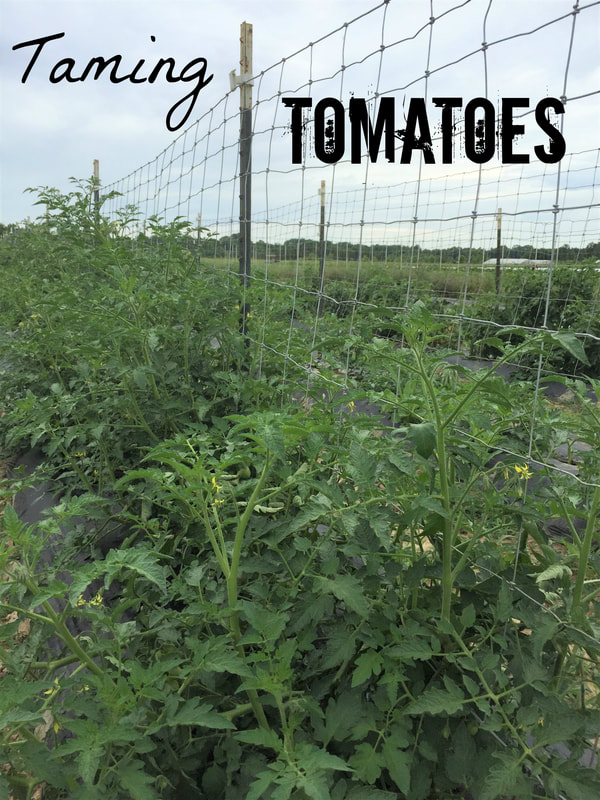
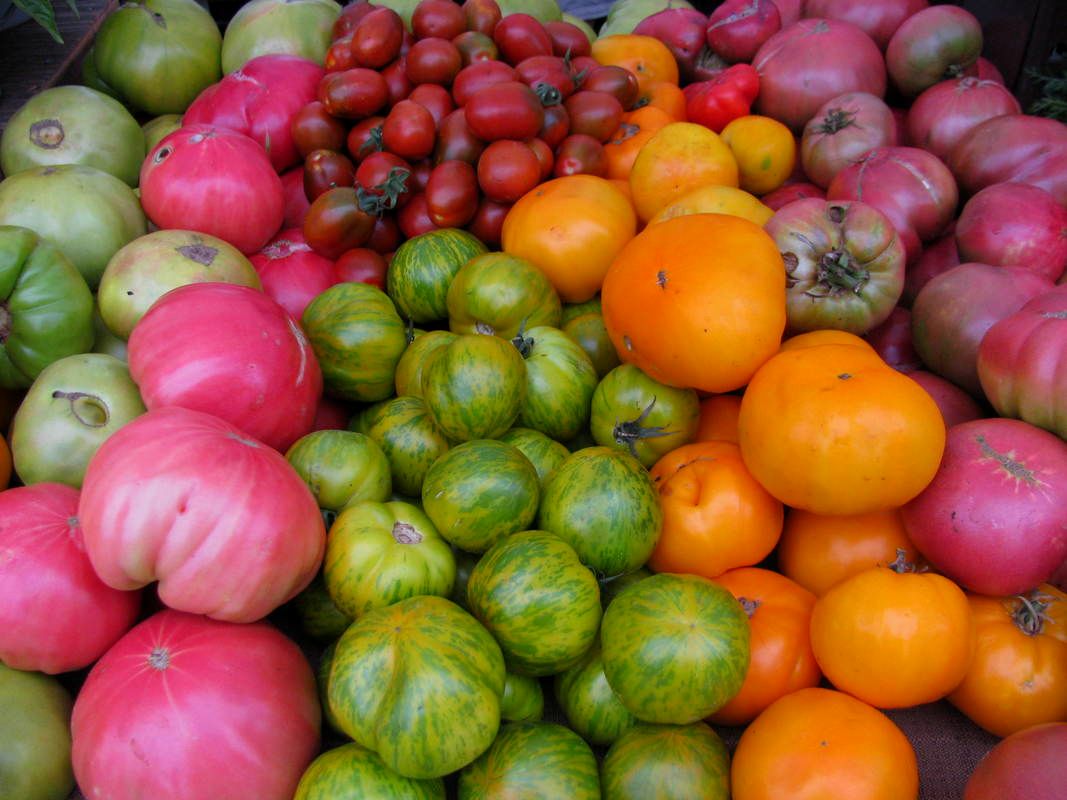
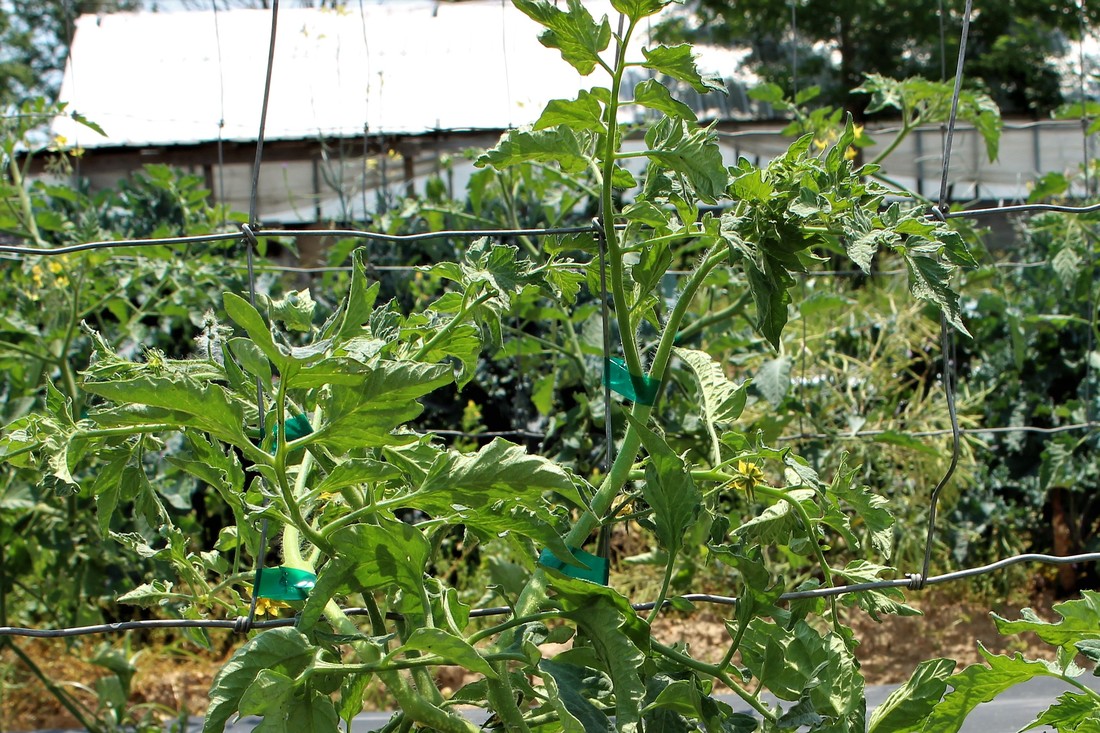
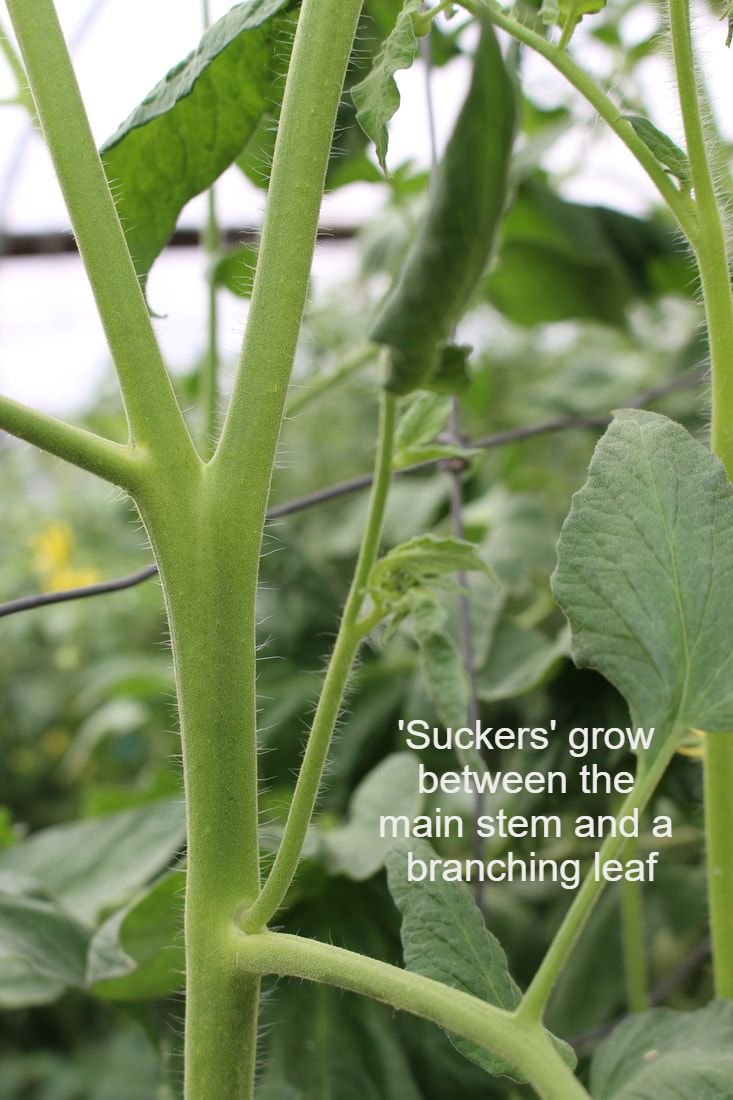
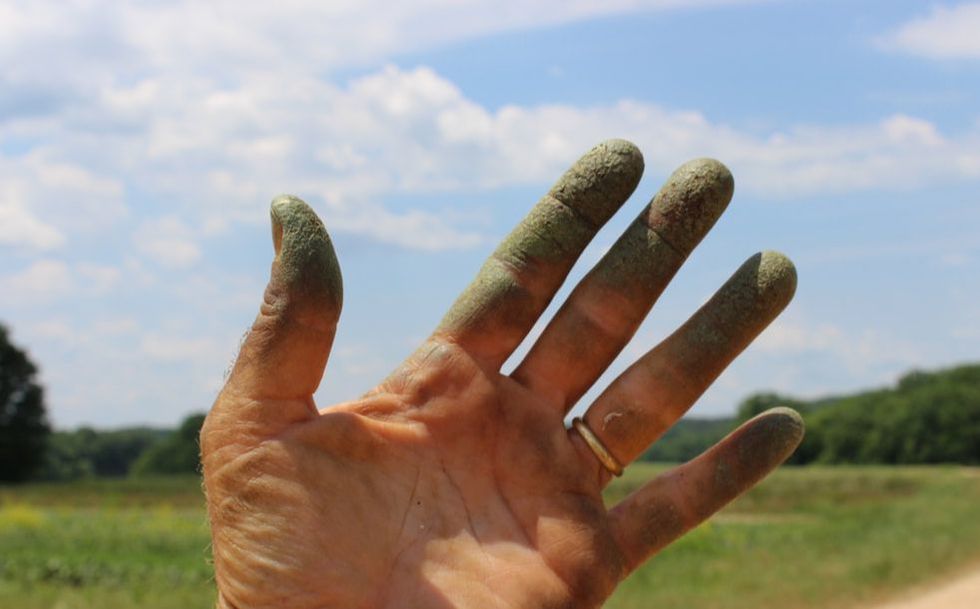
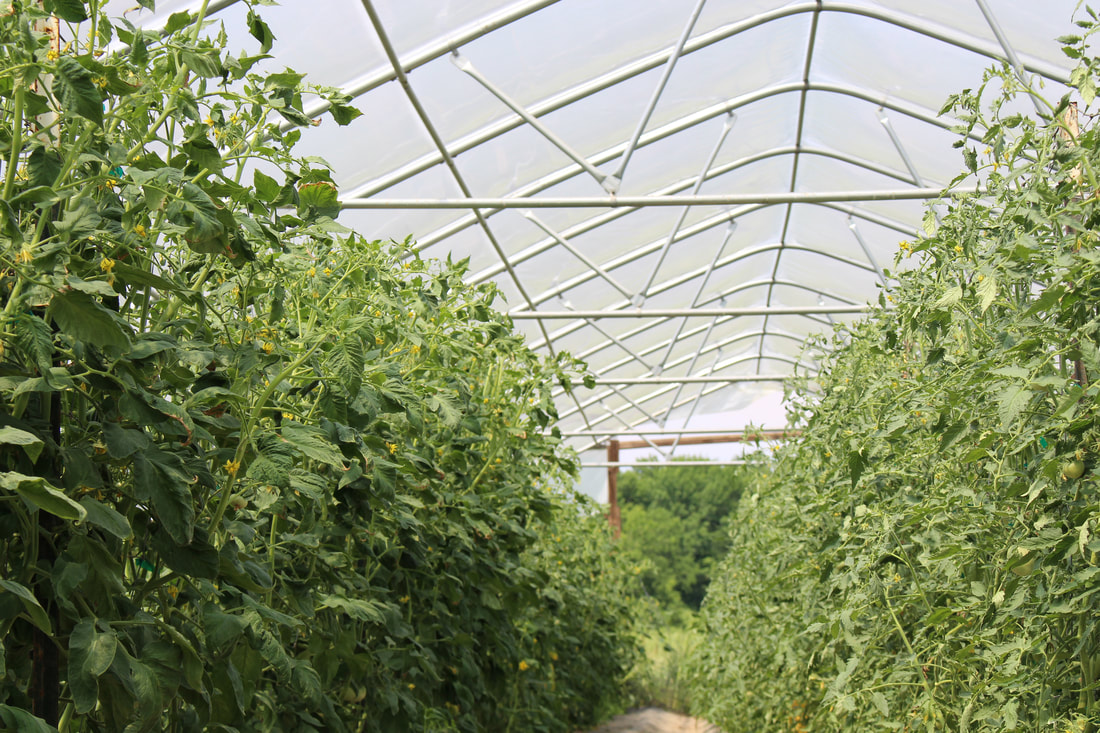
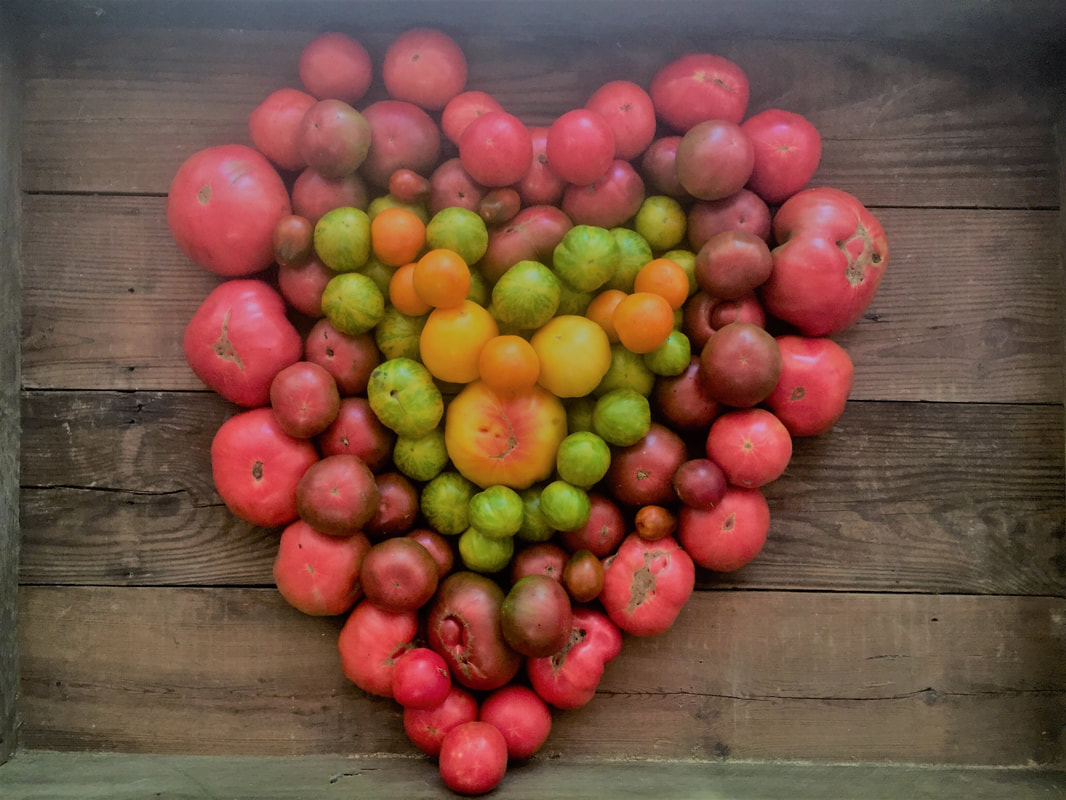
 RSS Feed
RSS Feed
